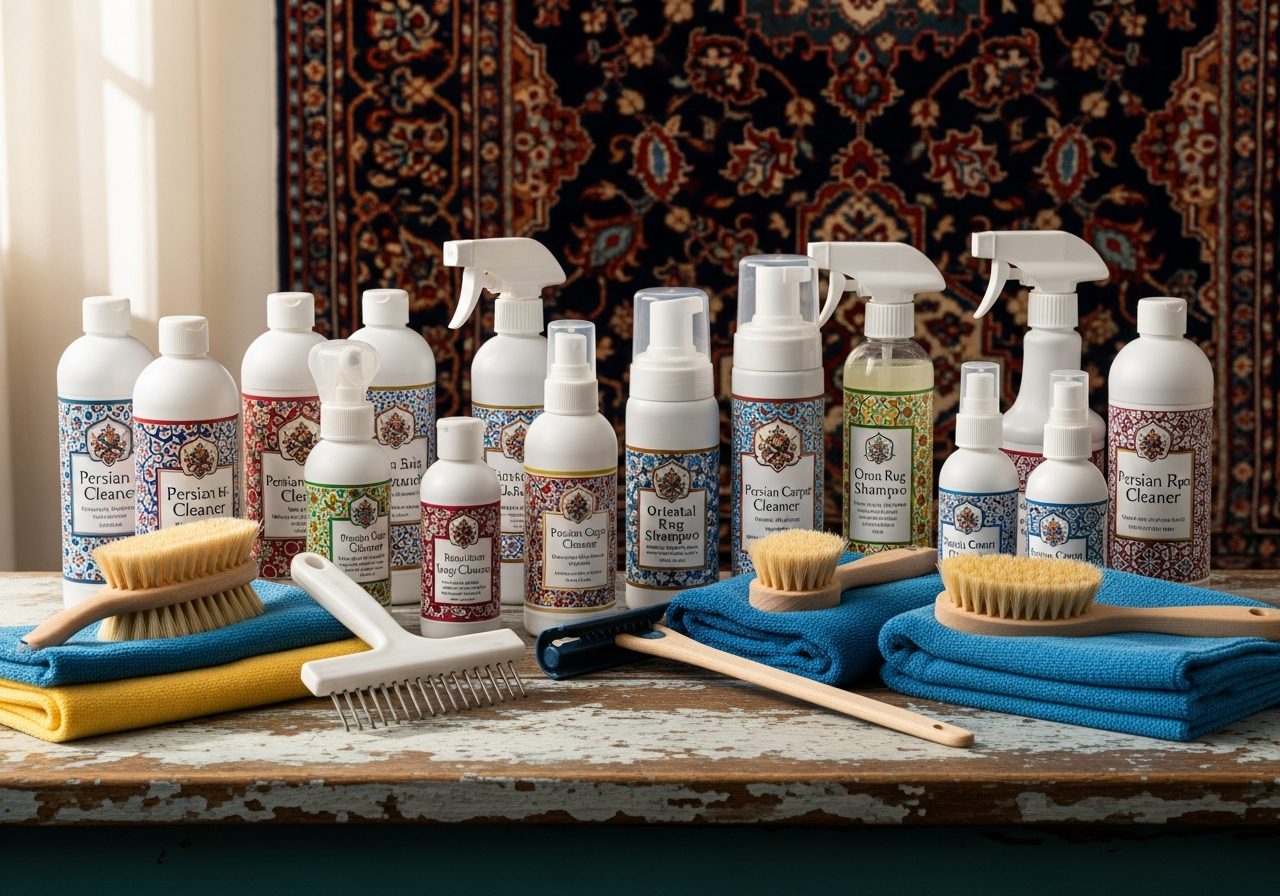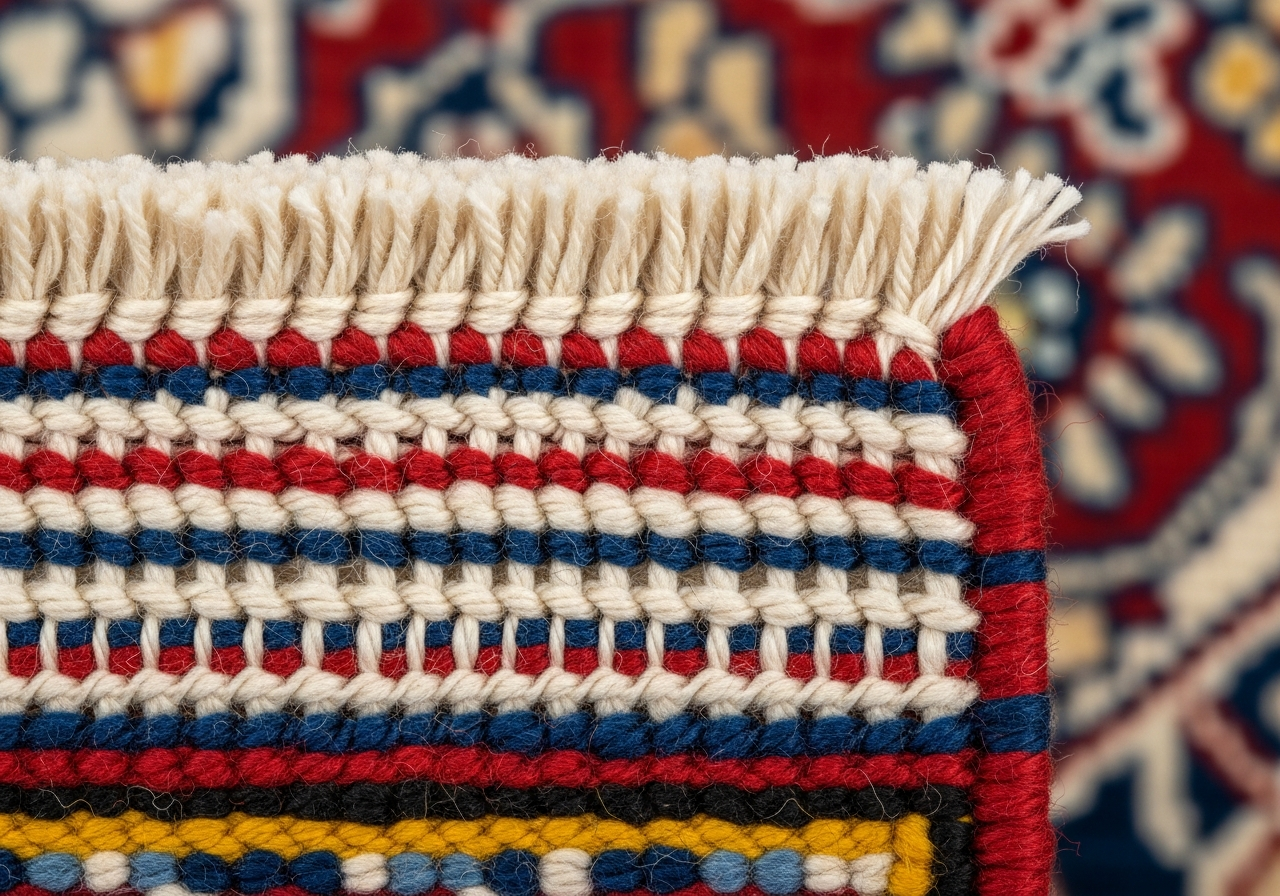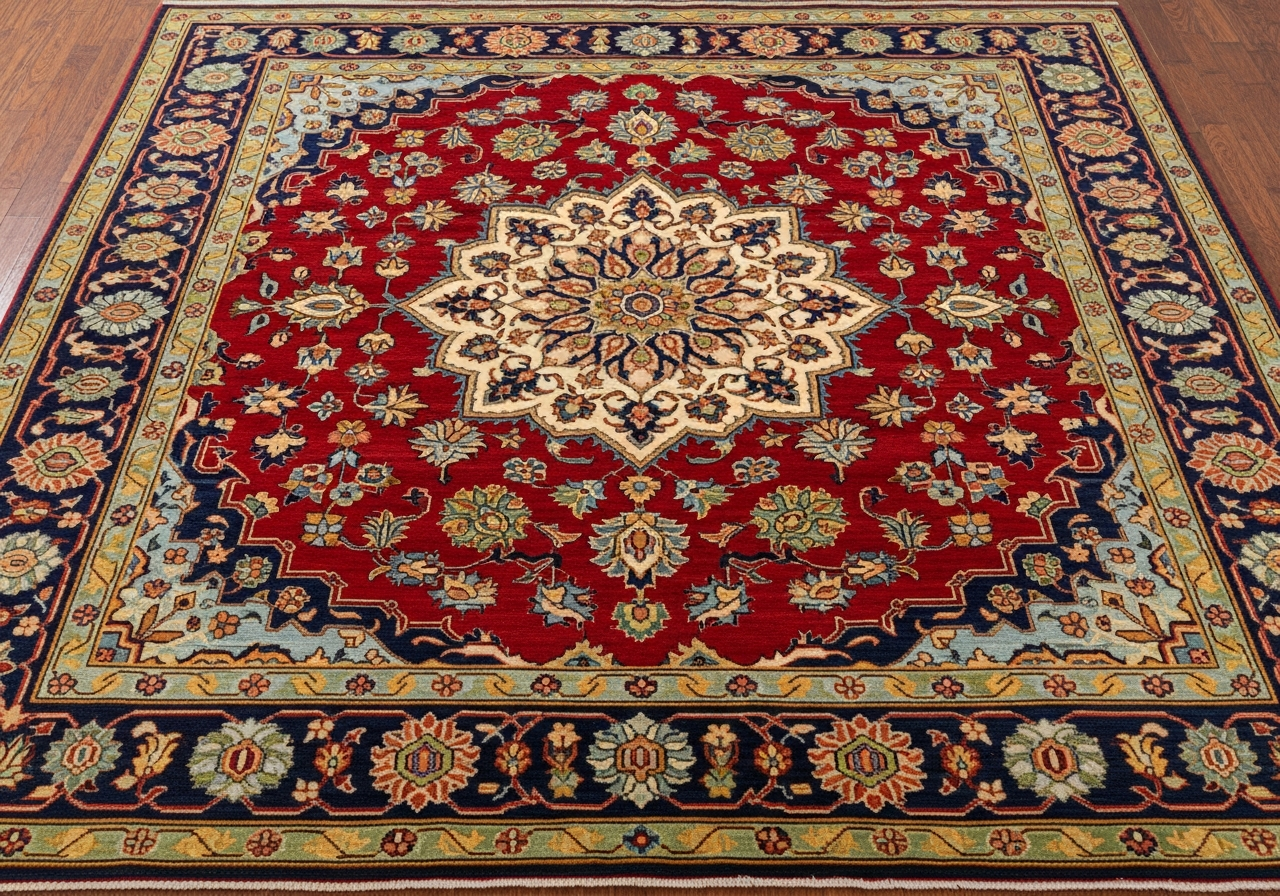A Persian carpet is far more than a simple floor covering; it is a piece of art, a historical document, and often a family heirloom that carries the weight of generations within its intricate fibers. Unlike the mass-produced, synthetic wall-to-wall carpeting that covers the floors of modern offices, a genuine Persian rug is a living, organic entity. It is composed of natural materials—typically wool, silk, and cotton—and dyed with complex pigments. Because of this intricate biology and craftsmanship, the cleaning and maintenance of these textiles require a philosophy that is fundamentally different from standard household cleaning. Treating a hand-knotted Persian rug with the same chemicals and mechanical aggression used on a polyester rug is the fastest way to destroy its value. Understanding the anatomy of the rug is the first step in stopping the unintentional damage that many owners inflict in the name of cleanliness.

Structure
The structural integrity of a Persian rug relies on the millions of knots tied by hand around the foundation threads. This density gives the rug its durability, but it also creates a unique problem regarding soil accumulation. In a standard carpet, dirt sits relatively loosely on the backing. In a Persian rug, fine dust and grit migrate down through the pile and settle deep within the foundation of the knots. This debris is not just unsightly; it is mechanically destructive. Under a microscope, these particles look like tiny shards of glass. Every time you walk over the rug, the pressure of your foot grinds these sharp particles against the delicate fibers, acting like a slow-motion guillotine that slices the wool at the base. Standard vacuuming is often insufficient to remove this deep-seated sediment, and using a vacuum with a beater bar—the rotating brush roll found on most upright machines—is a primary cause of damage. The beater bar pulls at the knots, shreds the delicate pile, and can tear the fringes off completely. The correct approach is to use suction only and to vacuum the back of the rug occasionally to vibrate the dirt out of the foundation using gravity.
Cleaning Products
Beyond the physical removal of dust, the chemical interaction between cleaning agents and the rug’s fibers is a minefield of potential disasters. Wool is a protein fiber, similar to human hair, protected by a layer of scales and natural oils called lanolin, which provide a soft sheen and stain resistance. Most commercial carpet cleaners are highly alkaline, formulated to blast through synthetic grease. When these products touch wool, they strip away the lanolin, leaving the fibers brittle, dry, and dull. High alkalinity can even cause a chemical burn, turning the wool yellow or brown permanently. The cleaning of a Persian rug requires a pH-neutral or slightly acidic solution that respects the protein structure of the wool. This is why traditional methods often utilize vinegar or specialized plant-based shampoos rather than harsh industrial detergents.
The stability of the dye is another critical factor. Many older or tribal rugs use vegetable dyes that are not chemically locked into the fiber like modern synthetics. These dyes can bleed when wet. A common tragedy occurs when a homeowner attempts to spot-clean a spill with hot water and a generic cleaner. The heat opens the fiber cuticles, allowing the dye to migrate. Suddenly, deep reds bleed into creamy white areas, creating a muddy, irreversible stain. Furthermore, the use of hot water is almost always a mistake because wool shrinks when exposed to heat and agitation, a process known as felting. A hot steam cleaning session can distort the shape of the rug, causing it to buckle and ruin its ability to lay flat.

Scrub
Stain removal is the battlefield where most rugs are lost. The panic that sets in after a spill often leads to frantic scrubbing. This mechanical action is disastrous. When wet, wool fibers are swollen and vulnerable. Scrubbing distorts the pile, causing the fibers to untwist and fuzz, creating a texture difference called “blooming” that remains even after the stain is gone. The only correct immediate action is blotting—pressing straight down with a clean, white cotton towel to absorb liquid without lateral movement.
Pet Urine
Pet urine poses a specific, severe threat that goes beyond simple staining. Urine begins as an acid but creates a highly alkaline reaction as it decomposes. This shift can destabilize dyes, but more insidiously, it rots the cotton foundation of the rug, a condition known as dry rot. The salts left behind pull moisture from the air, keeping the foundation perpetually damp and feeding bacteria. This weakens the structural threads to the point where the rug can crack or tear when moved. Standard enzymatic cleaners often leave sticky residues that attract more dirt. Dealing with pet urine usually requires a full immersion wash by a professional to flush out the salts completely.
The Fringe
The fringe of the rug is another area of frequent abuse. The fringe is the end of the warp threads that form the rug’s skeleton. If the fringe unravels, the knots slide off, and the structure disintegrates. Homeowners often use bleach to keep the fringe white, but bleach degrades the cotton, causing the threads to become brittle and snap. The fringe should be cleaned gently with the same mild solution as the rest of the rug and never subjected to the vacuum cleaner’s beater bar.
Water damage is frequently the result of improper drying after a DIY cleaning attempt. Because a Persian rug is dense, moisture trapped in the center becomes a breeding ground for mold and mildew if not dried rapidly. This can happen in as little as twenty-four hours, resulting in a distinct, permanent odor and fungal growth that eats away at the cellulosic fibers. Professional cleaning facilities use centrifuges and temperature-controlled drying rooms to ensure the rug is bone dry. Washing a rug on a driveway often results in a rug that stays wet for days, inviting rot.

Steam Cleaning and True Rug
It is also crucial to differentiate between steam cleaning and true rug washing. Most in-home carpet cleaning companies use hot water extraction, spraying hot detergent into the carpet and sucking it back up. This is catastrophic for Persian rugs. The heat and high alkalinity are wrong for wool, and cleaning the rug on the floor means the back cannot be washed or rinsed properly. Persian rugs must be taken away to a dedicated facility where they can be dusted, tested for dye stability, submerged in cool flowing water, and dried under controlled conditions.
Ultimately, the care of a Persian rug is a discipline of restraint and knowledge. It is about avoiding harsh chemicals, aggressive scrubbing, and high heat. It is about respecting the craftsmanship of the weaver who tied thousands of knots by hand. By avoiding these common mistakes—from the type of vacuum you use to the way you react to a spill—you ensure that the rug remains a vibrant, durable anchor for your home.

Maintaining the elegance and hygiene of a home involves handling delicate items with a precision that goes beyond standard chores. Persian rugs are just one example of the specialized care required to keep a living space well-preserved. When the complexity of these tasks becomes overwhelming, professional support is invaluable. Toronto Shine Cleaning offers a premium cleaning service that understands the nuances of home maintenance. Just as we have detailed the specific needs of fine textiles, Toronto Shine Cleaning applies a rigorous, knowledgeable approach to the cleanliness of your entire residence. Whether you require a deep, restorative clean or a consistent maintenance schedule, their team provides the expertise and attention to detail that discerning homeowners deserve. By entrusting your home to Toronto Shine Cleaning, you ensure that every surface is treated with the respect and care it requires.


















